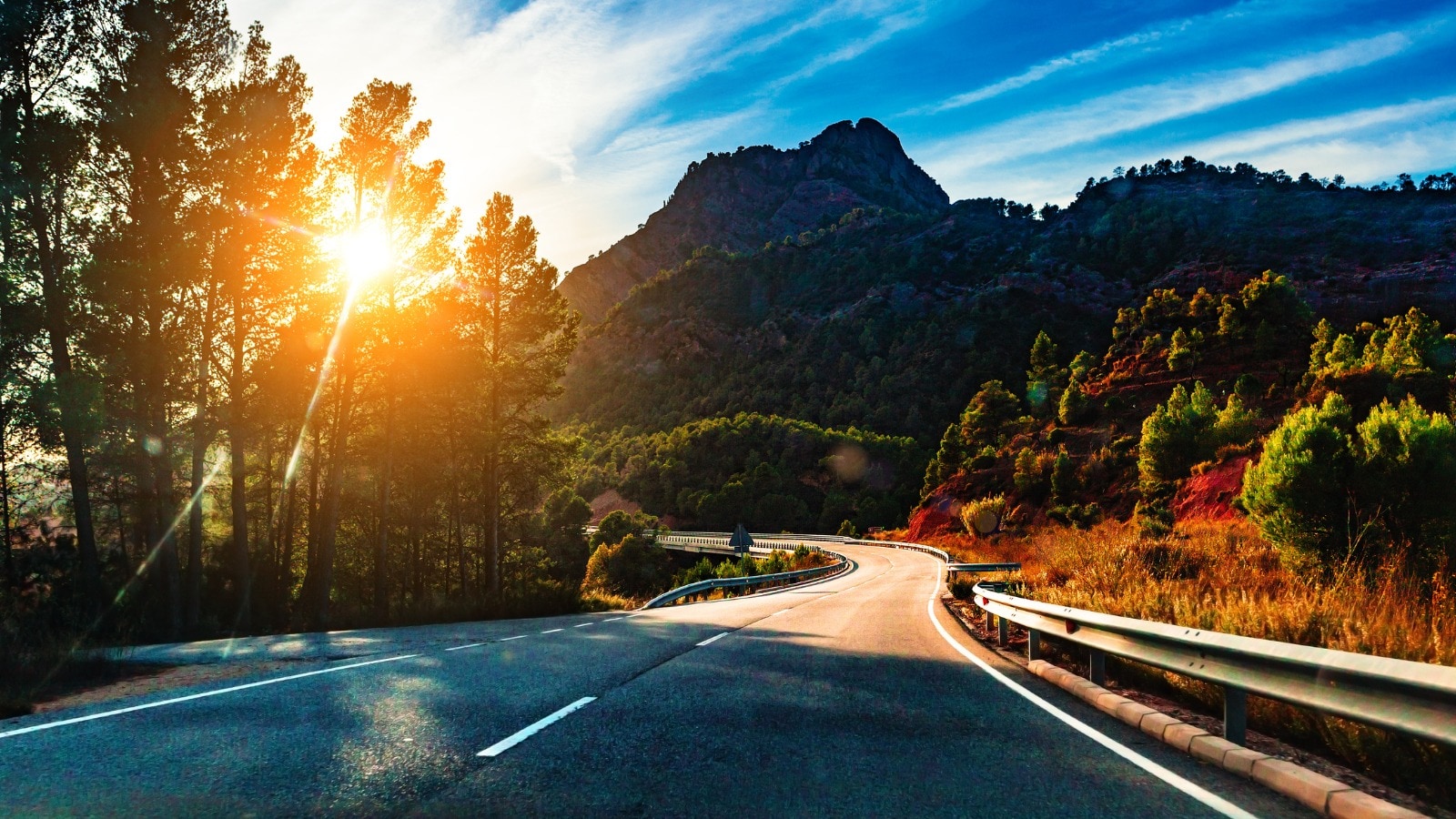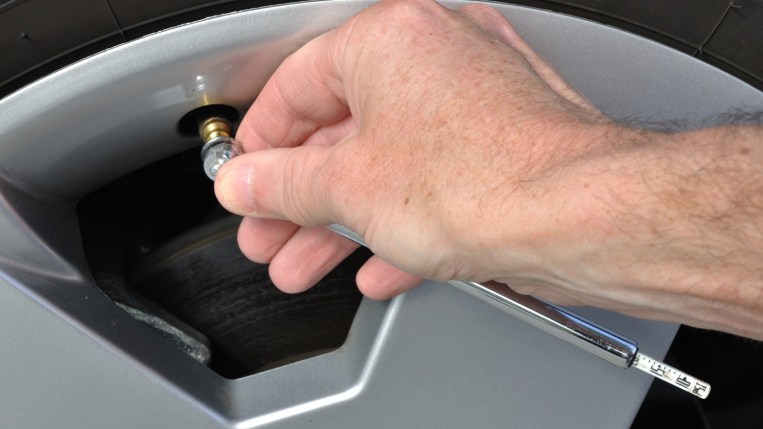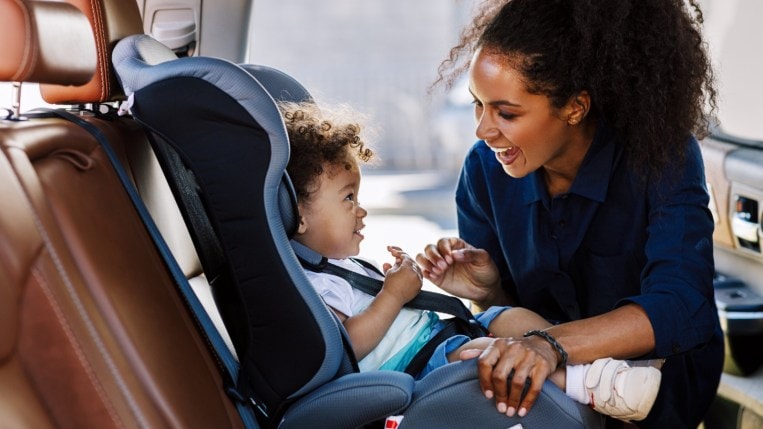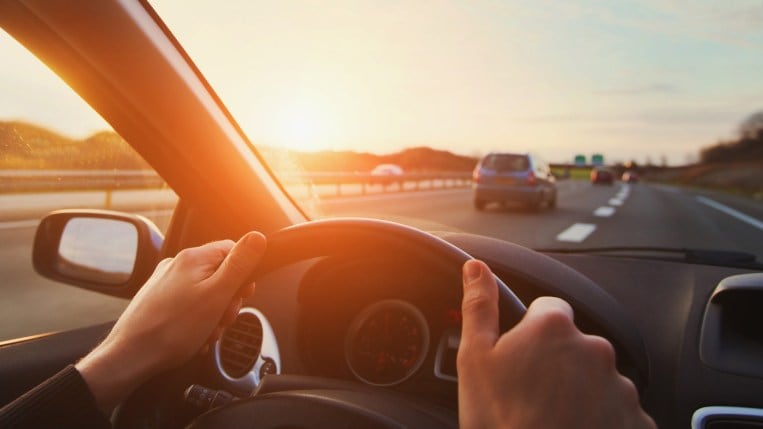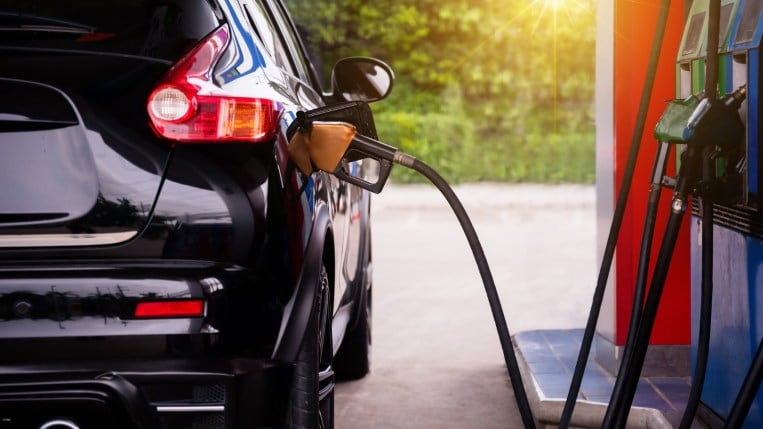Road trips: a car checklist, plus driving safety tips
[ad_1]
Labor Day weekend was the unofficial end of summer. A national trend to start the school year earlier has almost ended this. But some things don’t change. Labor Day always marks the last intense travel weekend of the summer season.
This year, pandemic or not, millions of Americans will take the highways for one final road trip before the clock turns.
To prepare yourself, some preparation of your car is necessary. Discover our tips for a safe and enjoyable road trip.
Road trip checklist for your vehicle
Before leaving, you will need to prepare the vehicle for the distance that awaits you. The National Highway Traffic Safety Administration (NHTSA) recommends that drivers follow these steps in the days leading up to a road trip:
1. Check reminders
Millions of Americans drive cars that may be subject to safety recalls. Dealers will always perform recall repairs free of charge. But their service areas can get flooded before a busy weekend of travel, so check as early as possible to see if your car needs free repairs using our callback center.
2. Have your car serviced
Keeping track of your car’s maintenance schedule can help avoid costly breakdowns. Check out our page on maintenance rates and maintenance schedules to see if your car is due and what it may cost. If it’s time for a coolant flush, tire rotation, or other maintenance procedure, do it before the vacation. If not, consider having a mechanic check the oil, battery condition, and tire tread before setting off. It’s worth taking it to a dealership or auto repair shop when you’re not sure if any of the three are late.
RELATED STORIES: Car Care Guide: Everything You Need to Know
3. Know your car
If you drive your own car, you are probably on this checklist item. If you are a renter, collect the car at least a few hours before the road trip to familiarize yourself with the vehicle. Think about all the different types of driver aids and safety features you can use.
4. Plan your trip and route
Check road conditions, weather and traffic so you know what you are getting into.
5. Store your vehicle with a security kit
NHTSA recommends that drivers carry:
- Cell phone and charger
- First aid kit
- Flash light
- Flares and a white flag
- Jump cables
- Tire pressure gauge
- Jack (and floor mat) to change a tire
- Work gloves and change of clothes
- Basic repair tools and duct tape (to temporarily repair a pipe leak)
- Water and paper towels for cleaning
- Non-perishable food, drinking water and medicine
- Additional windshield washer fluid
- Maps (if you are not using a phone or car navigation system)
- Emergency blankets, towels and coats
Safety tips for road trips
Once on the road, safety is all about paying attention to the road and staying alert. To this end:
Driving during off-peak hours
Late afternoon and early evening can be the worst times to be on the road. Avoid rush hour on a long weekend by leaving early on Friday or Saturday morning so you are on track when the travel rush begins. For the return trip, leave early on Monday, or better yet, give yourself an extra day and travel on Tuesday. This way everyone is out of the way.
Limit night driving
In 2017 (the most recent year for which statistics are available), 79% of Labor Day weekend road fatalities occurred at night. It is best to limit driving at night, especially in bad weather.
Let a passenger handle traffic apps and entertainment
We’re big fans of Waze and Google Maps. These navigation tools can route any driver through traffic, provide updates on travel time, and even keep you alert by warning you of road hazards. Remember to keep your hands on the wheel and give a passenger the responsibility of navigation and music or podcast selection.
Take frequent breaks
Getting out of the car is good for everyone, especially the driver. The best way to avoid feeling tired behind the wheel is to change your scenery regularly, and there’s no better way than to park every few hours and stretch your legs.
Share the ride
If your road trip involves several skilled drivers, let each take turns handling the stress of driving and a lap of relaxation in the passenger seat. It’s good on everyone’s nerves and sets the tone for the weekend.
Buckle your belt
Do we really need to say that? According to the Journal of the American Medical Association, crashes were the fourth leading cause of death for Americans in 2020. During the COVID-19 pandemic, when the total number of kilometers traveled by Americans fell, road deaths fell. in fact increased.
Mask Pack
Speaking of the COVID-19 pandemic, whether or not everyone in your car is vaccinated, you may not be familiar with the local mask mandates in every jurisdiction you pass through. To make things easier, keep masks on hand for anyone traveling so everyone can join in at any road trip stop.
Labor Day Vacation Driving Outlook
The Labor Day weekend was such a heavy commuting time that AAA would provide an estimate of national traffic before it started. Since 2016, the organization has stopped tracking this particular travel weekend.
A nationwide trend towards an earlier start to the school year has meant fewer families on the road in many parts of the country. This year, many school systems have also shifted their start dates earlier, after a year or more of online school in response to the COVID-19 pandemic. This makes it even more difficult to forecast traffic in advance.
“As summer draws to a close, travel volumes around Labor Day are expected to remain high,” AAA spokesperson Julie Hall said.
Hotel booking site Orbitz reports that traditional outdoor getaways like national parks and beaches are seeing an increase in bookings, as are larger cities outside of the Southeast.
Competitor Expedia reports that the average Labor Day weekend traveler has booked three nights for their getaway this year instead of the usual two.
What you can expect to pay for gas
One thing AAA is comfortable predicting this Labor Day: Gas prices continue to rise.
In a typical year, they increase slightly as the travel weekend approaches. The 2021 Labor Day weekend is complicated by the aftermath of Hurricane Ida. The storm, still a tropical depression that is currently traversing the southeast and returning to the Atlantic, left a trail of damage across the Gulf Coast. It led to the evacuation of more than 95% of the oil drilling platforms in activity. About 20% of the country’s oil refineries closed before the storm, and many could be without power for weeks.
The national average cost of a gallon of gasoline was $ 3.16 at the time of writing, up just 1 cent from the price a week before Ida. But gasoline futures soared 20 cents a gallon ahead of the storm, suggesting price increases could be on the horizon.
RELATED STORIES: How to Get Better Fuel Economy in Your Vehicle
This year, there has been a shortage of tanker drivers transporting gasoline to stations. With that in mind, the AAA recommends that drivers going on trips refuel their vehicles once they have reached the quarter-tank level, in case they encounter areas where shipments have been delayed.
Discover the most fuel efficient cars in each category
Read more stories about road trips etc.
[ad_2]

